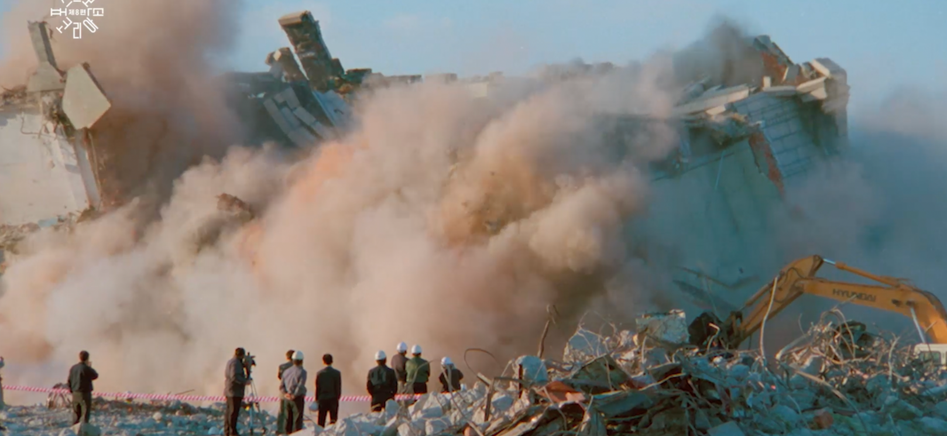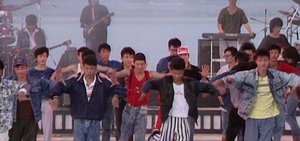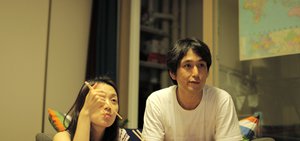Post Modern Korea

Korean Film Nights
[Modern Korea 2, Ep 1]
Korean Film Nights presents four episodes of the television documentary series Modern Korea 2, produced by the KBS television channel. Each episode uses footage selected from the vast KBS archives to create compilation narratives that look back at the social, political, and cultural themes that have marked Korea’s history over the decades.
The footage and images of the series are edited from news broadcasts, TV documentaries, popular entertainment shows and fictional dramas. The choice of themes, focusing on lesser-known events, and its sober use of footage and editing, construct a complex view of Korea in the 1980s and 1990s. Heading to its third season, Modern Korea has thus far covered topics such as the 1997 Asian Financial Crisis and the IMF bailout, histories of education and the birth of a teacher’s union, the tragic collapse of the Sampoong Department Store in 1995, among many others. The series provides a window into Korean history through images produced by public television broadcasters.
The screening includes the first two episodes of the second season of the series, which focus on events of the 1990s, such as the debates leading up to the destruction of the former Japanese General Government Building in Seoul and the presidential candidacy of businessman Chung Ju-Yung in 1995. The KCCUK will screen other episodes from this series, including The Age of Beasts, about the struggle for women’s rights in the late 1980s, and K-pop Genesis, about the history of Korean pop music in the 1980s.
[Modern Korea 2, Ep 1] Post Modern Korea
포스트모던코리아
In 1995, the Kim Young-sam administration ordered the demolition of the Japanese colonial-era General Government Building in the centre of Seoul. The destruction of the building and the construction of a new national museum were two of several symbolic gestures by the Korean government to ‘rectify history’ and celebrate the 50th anniversary of the liberation of Korea from colonial Japanese rule. This decision followed a long and controversial debate about the sites, politics of memory and the symbols of Japanese colonial oppression in the country. The General Government building was completed in 1926 and became the centre of the administrative life of the colonial Japanese government and a symbol of authority. In the post-colonial period, it housed US military offices until 1948, the National Assembly of South Korea from 1962 to 1982, and the National Museum of Korea until its demolition. This fascinating episode tells the story of how the building became the object of a contentious discussion on national identity and explores how we deal with sites of memory and the traces of colonialism.
Programmer: Ricardo Matos Cabo




